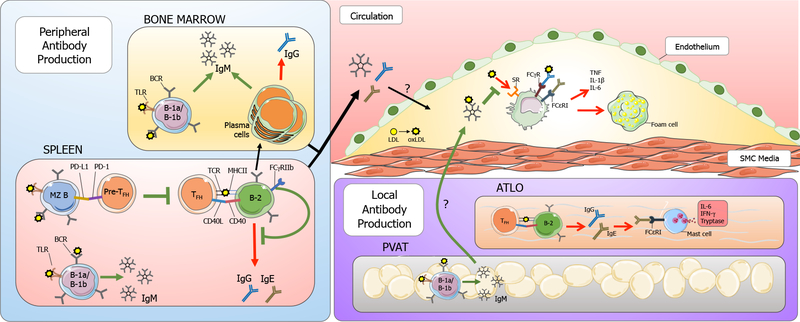Figure 1. B cell-derived antibodies in atherosclerosis.
B cells have subset-specific roles in atherosclerosis. Peripheral antibody production occurs primarily in the spleen and bone marrow. IgM-secreting B-1 cells in the bone marrow and spleen contribute significantly to plasma IgM titers. Plasma cells in the bone marrow also produce IgM and IgG antibodies. In the spleen, follicular B-2 cells present antigens to TFH cells via MHCII, and provide co-stimulatory signaling through CD40-CD40L interaction. This can lead germinal center (GC) reactions in which B cells undergo affinity maturation and isotype switching to generate high-affinity IgG or IgE antibodies. B-2 cells can differentiate into long lived plasma cells that reside in the bone marrow. Additionally, FcγRIIb has been shown to inhibit GC-derived IgG production in B-2 cells. In response to hypercholesterolemia, marginal zone (MZ) B cells upregulate PD-L1 which interacts with PD-1 on TFH cells to suppress TFH differentiation, thus limiting pro-inflammatory TFH/B-2 cell interactions. During atherosclerosis, LDL accumulation and oxidative modification into oxLDL is pro-inflammatory and results in recruitment of monocytes and other immune cells into the subintimal space. IgM, IgG, and IgE antibodies made peripherally or locally in the perivascular adipose tissue (PVAT) and adventitial tertiary lymphoid organs (ATLO) enters the lesion with immunomodulatory effects. IgM binds oxLDL and prevents its binding through scavenger receptors (SR) on monocytes and macrophages in the lesion, thus preventing pro-inflammatory cytokine secretion and foam cell formation. IgG binding to Fcγ receptors (FcγR) and IgE binding to FcεRI on macrophages can also result in proinflammatory cytokine production. TFH and B-2 interactions in ATLO can result in IgG and IgE antibodies that are pro-inflammatory. IgE can bind FcεRI present on mast cells, resulting in release of pro-inflammatory cytokines including IL-6 and IFN-γ.

